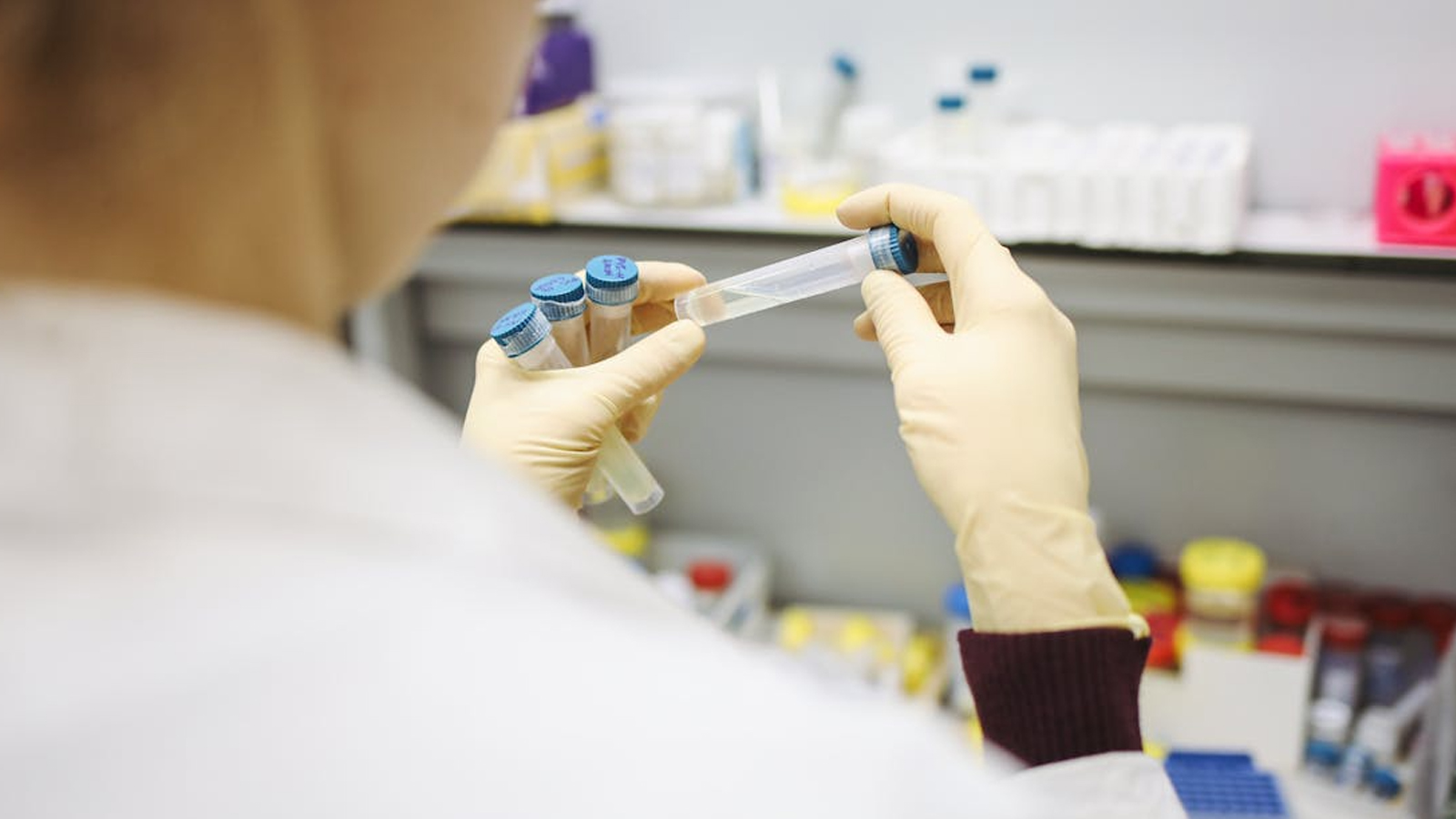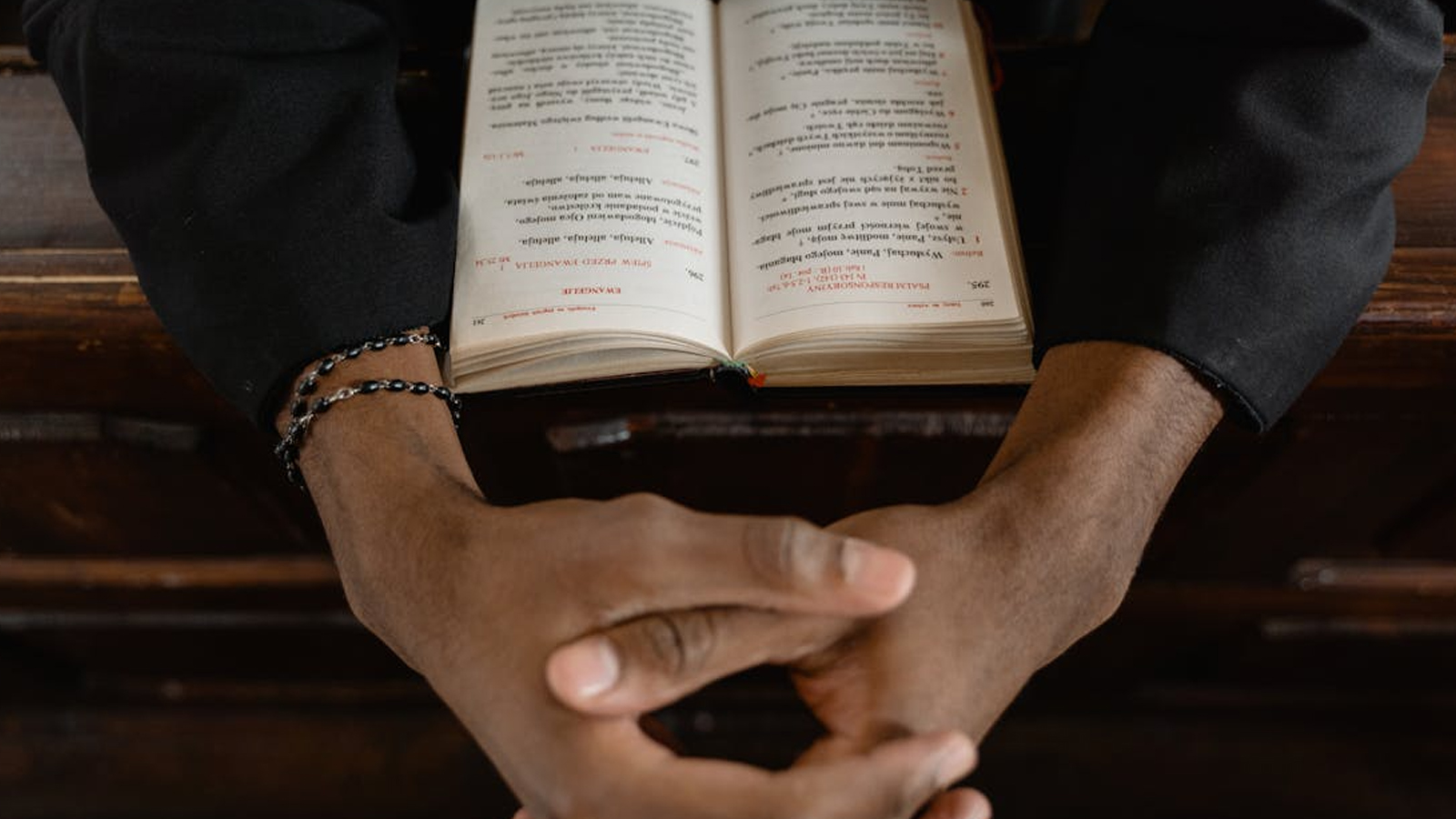The value of shame is a topic that stirs debate. Is shame helpful or harmful? There’s no denying it’s an unpleasant emotion. Part of the confusion comes from how often shame is tangled up with guilt—two words used interchangeably, yet fundamentally different. Consider the dictionary: one definition describes “a feeling of worry or unhappiness that you have because you have done something wrong, such as causing harm to another person.” Another calls it “an uncomfortable feeling that you get when you have done something wrong or embarrassing, or when someone close to you has.” The first is guilt; the second, shame. If you didn’t know better, you might assume they’re the same. But psychology draws a clear line between them.
Guilt and shame are both self-conscious emotions, but guilt is “characterized by a painful appraisal of having done (or thought) something that is wrong and often by a readiness to take action designed to undo or mitigate this wrong.” Shame, on the other hand, involves a strong fear of one’s deeds being exposed to judgment or ridicule. As psychologist Paul Ekman points out, “No audience is needed for feelings of guilt, no one else need know, for the guilty person is his own judge. Not so for shame. The humiliation of shame requires disapproval or ridicule by others. If no one ever learns of a misdeed there will be no shame, but there still might be guilt.” Shame is public; guilt is private. You can feel both at once, but it’s just as common to experience one without the other.
The distinction is crucial. Guilt is action-focused; shame is person-focused. Researchers say “shame is about the self” while “guilt is about things in the real world—acts or failures to act, events for which one bears responsibility.” Counselor John Bradshaw captured it this way: “Guilt says I’ve done something wrong; shame says there is something wrong with me. Guilt says I’ve made a mistake; shame says I am a mistake. Guilt says what I did was not good; shame says I am no good.” Guilt is action-focused; shame is person-focused... Guilt says what I did was not good; shame says I am no good. Share on X
These differences run deeper than language—they’re wired into our brains. While guilt and shame share some neural networks, their patterns diverge. Guilt arises when our actions clash with our conscience. Shame is triggered when we believe our reputation has been harmed. Both are universal, cutting across race, ethnicity, and sex. But the way we respond to each matters greatly. Guilt makes us wrestle with what we’ve done; shame makes us wrestle with who we are.
This difference shapes our lives. Shame, especially, can be destructive. Those who feel shame often see themselves as fundamentally flawed, unredeemable. Researchers call shame a “maladaptive” emotion. It changes us: people who feel shame avoid eye contact, struggle with self-esteem, and conceal what they consider personal flaws. They may turn to alcohol or drugs to escape their self-perception. Shame can spiral into depression, anxiety, insomnia, eating disorders, substance abuse, aggression, and self-harm. It can even sabotage our own efforts, as when someone avoids studying for a test—not wanting to risk failing and confirming their self-image as a failure.
The consequences are especially dire for young people. Long-term studies show that kids who experience shame are more likely to have more sexual partners, use more drugs, and get into more trouble with the law. Shame often accompanies law-breaking; those who commit crimes frequently carry both guilt and shame, fearing their actions have branded them forever.
In the end, humans flourish when we use guilt to acknowledge wrongdoing, correct our course, and restore relationships. Share on XWorse, shame is not always “earned.” Many feel shame for things entirely beyond their control: their appearance, their weight, their neighborhood, their upbringing. Some even carry shame for how they were raised. Carl Jung called shame “a soul eating emotion.” It’s a powerful poison, and its effects run deep.
Yet, guilt is often misunderstood as equally harmful. Popular culture is full of warnings: “Guilt is the worst enemy of true happiness and self-esteem,” “Guilt is a destructive and ultimately pointless emotion,” “Guilt steals our joy, hinders our productivity, interrupts our peace, harms our relationships, and worst of all, makes us self-focused.” But these descriptions often confuse guilt with shame. Psychologists see guilt differently. Guilt is a “moral and adaptive emotion,” the “guardian of our goodness.” When we break a moral code, guilt helps us recognize and correct our behavior. It motivates us to repair relationships and restore trust. Far from being useless, guilt is a signpost that something needs to change.
Guilt’s benefits show up early. Children motivated by guilt, not shame, are more likely to make amends and restore friendships. Guilt is key to developing a conscience. Adolescents who feel guilt without shame are less likely to be delinquent or depressed. For adults, guilt prompts us to manage anger, reflect on our actions, and repair relationships—especially with those closest to us. Guilt, unlike shame, is linked to empathy. It helps us cooperate, share, and rein in our worst impulses. As one researcher put it, “It’s incredibly important to nurture empathy, but I think it’s equally important to promote guilt.” When we feel appropriate guilt for our actions, we move toward better behavior.
In the end, humans flourish when we use guilt to acknowledge wrongdoing, correct our course, and restore relationships. Shame, on the other hand, eats away at the soul. The difference is not just academic—it’s the key to healing, growth, and genuine connection.
To learn much more about the difference between shame and guilt, it’s impact on human flourishing and how it answered by what Jesus did on the cross, please read The Truth in True Crime: What Investigating Death Teaches Us About the Meaning of Life.






















